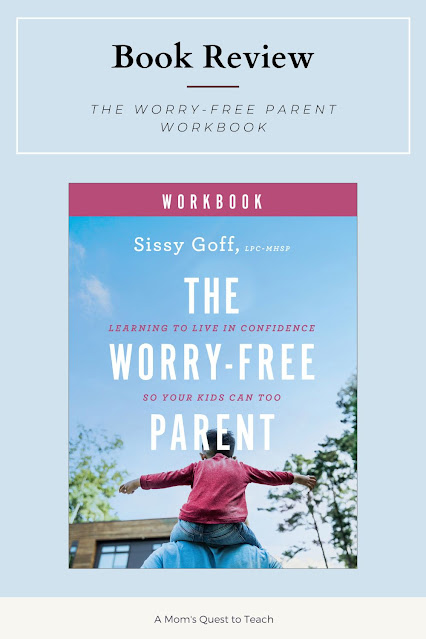I received a COMPLIMENTARY copy of this game from Timberdoodle in exchange for my honest opinion. I was not required to write a positive review, nor was I compensated in any other way. This post contains affiliate links. Please see my Terms of Use and Disclosure Policy page for more information. Thank you.
Critical thinking skills are a must. And thanks to Smart Games, it has never been easier to include games that teach critical thinking into your homeschool day. We had the pleasure to play Penguins Huddle Up™ in our homeschool for the past several weeks. It is such a fun but challenging game for our 8- and 10-year-olds.
What is Penguin Huddle Up™?
In this multi-level family game, the goal is to gather penguins into a huddle to prevent them from freezing. While you are gathering your penguins together to form a huddle, you are also trying to prevent your opponents from doing the same. The first player who huddles up their penguins wins.
The game is for two to four players and stimulates flexible thinking, planning, problem-solving, spatial insight, and concentration. With every move by your opponent, you need to reevaluate if your previous plan will still work and adapt to the ever-changing board.
What is in Your Box?
- Game board
- Four penguin families (red, blue, green, yellow) – each with 3 large and 3 small penguins
- Six ice blocks (4 straight and 2 curved)
- Game rules with two different difficulty levels
How Do You Play?
The board is set up by placing the ice blocks on the game board. Next, you and your opponents take turns placing the penguins on the board. If you are playing with only two individuals, you place your opponent's penguins on the board, and they place yours on the board.
After all the penguins are placed, you take turns moving them closer together. You can move them to an adjacent space, jump over another penguin, or dive underneath the ice using one of the breaks in the ice on the game board.
Two playing modes!
With the goal being to huddle up the penguins, you want them all to be on adjacent spaces. If you are playing the easier difficulty, they can be next to each other in any way. If you are playing the harder difficulty level, then they all need to be the same height. So, small penguins will need to stand on one of the ice blocks next to the taller penguins of the same color.
What Did We Think?
This is such a quick game to learn! But that doesn't mean that it isn't challenging or fun to play. Because each game depends upon where you place the ice blocks and penguins, there are nearly limitless different gaming options. So, it has a very high replay value.
I love games that encourage critical thinking skills in our children. Our daughter is just beginning to see how all her moves – from setting up the pieces and placing her opponent's penguins to moving them during the gameplay – are connected. Her older brother very quickly caught on that he should place his opponent's penguins as far apart and as far away from breaks in the ice as possible. He strategized from the setting up phase all the way through the playing phase of Penguins Huddle Up™.
While this game is for ages six and up, I think it is best if children of similar skill level play together. For example, I played several times with our daughter and found it necessary to employ the harder rules for myself, or I would have easily beat her. It was more challenging to play with our son as he really planned ahead all his moves.
I think this would make a great addition to your gaming shelves. Whether you homeschool or not, your children will enjoy playing this critical thinking game. I think it is one game that doesn't give away that kids are learning as they play it.
Are you interested in learning about more critical thinking games? Read my reviews of other Timberdoodle Games by visiting my blog reviews.
Dice, Decks, and Boards: Zig Zag Puzzler Review
Dice, Decks, and Boards: Navigate the High Seas through Critical Thinking
Dice, Decks, and Boards: Challenge Your Mind With Horse Academy
Dice, Decks, and Boards: Gobblet Gobblers







.jpg)

.jpg)
.jpg)

.jpg)
.jpg)